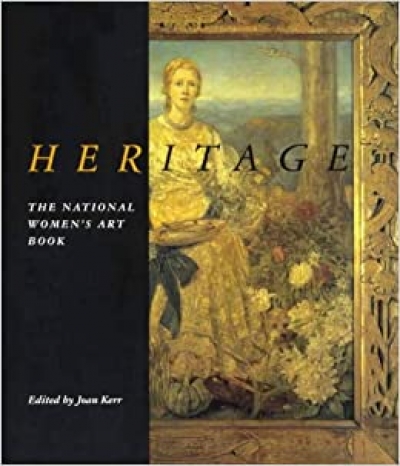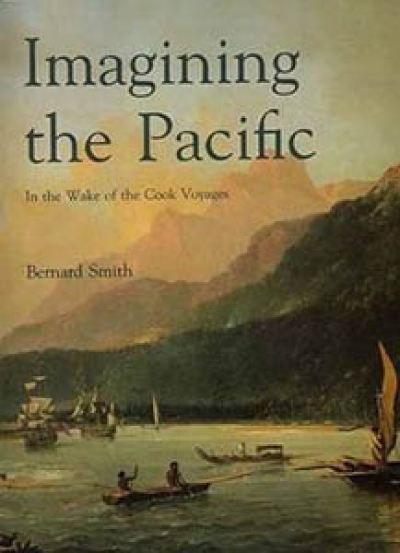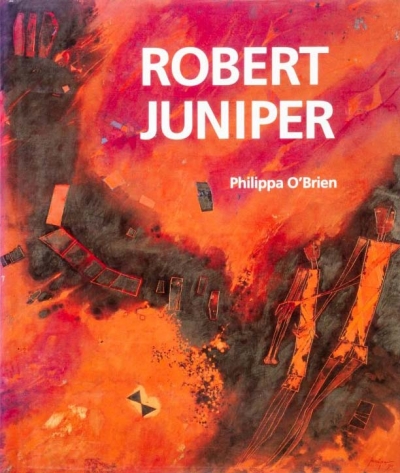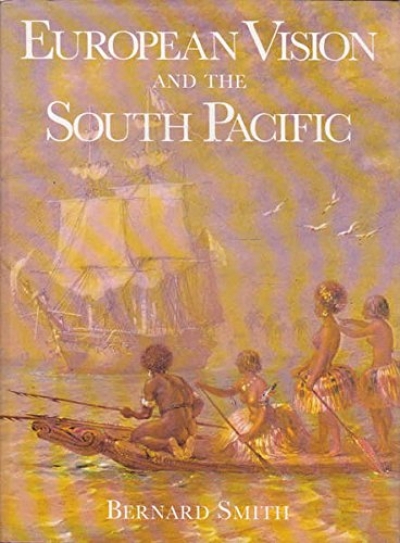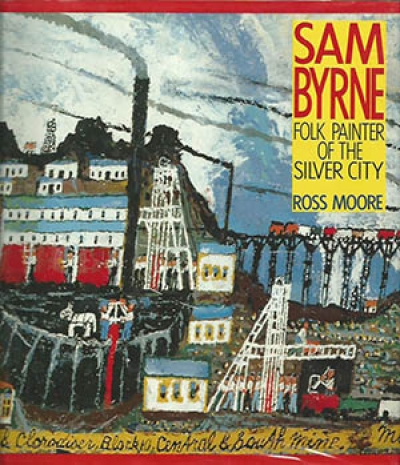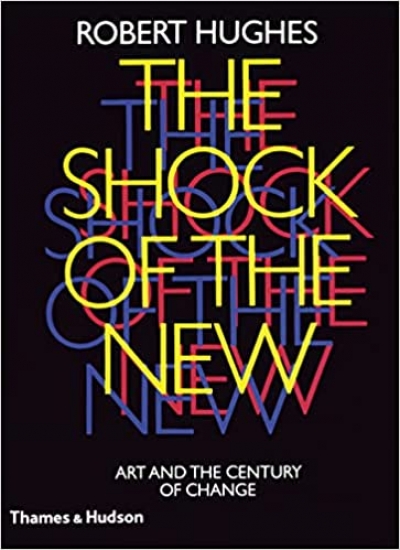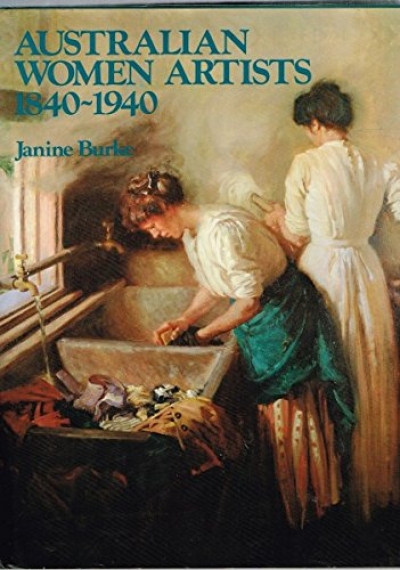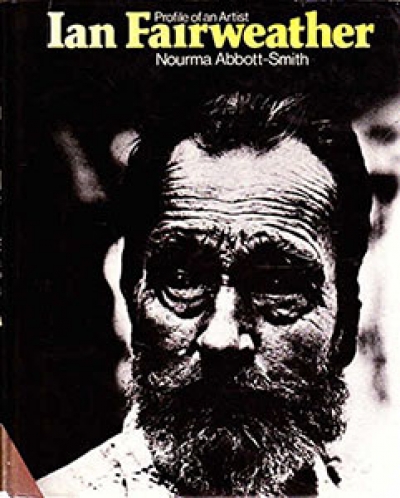Art History
Imagining the Pacific: In the wake of the Cook voyages by Bernard Smith
by Jonathan Holmes •
Robert Juniper by Philippa O'Brien & Salvatore Zofrea by Ted Snell
by Traudi Allen •
Ian Fairweather by Nourma Abbott-Smith & Conversations with Australian Artists by Geoffrey de Groen
by Gary Catalano •

